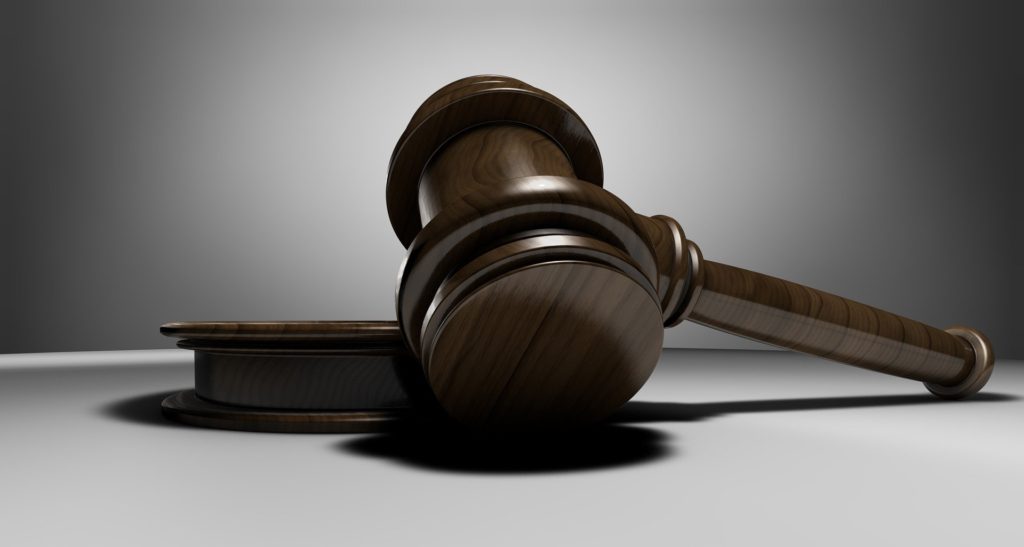The United States Supreme Court is the highest federal court in the country. It was established by the U.S. Constitution and serves as the head of the judicial branch of government. It has the ultimate jurisdiction over all laws in the U.S. and is responsible for evaluation of the constitutionality of those laws. It’s currently made up of nine justices.
When a sitting member of the high court retires or dies, it is up to the president of the United States to nominates a replacement, and the U.S. Senate vet and confirms the president’s choice. The nomination and confirmation process are both important because members of the court are appointed for life.
When I was growing up, my older brother taught me about the Dred Scott case. I wrote about the case in an earlier blog. In 1857, the U.S. Supreme Court decision assaulted the basic rights of Black people. The court’s opinion was read by Chief Justice Roger B. Taney, a Southerner and previous slave- holder. The opinion was that Black people were not, had never been, and could never be American citizens. Therefore they had no rights guaranteed under the U.S. Constitution.
Taney went on to say that the nation’s founders believed that Black people were inferior and unfit to associate with the white race in social or political relations. He said that Black people had no rights which the white man was bound to respect. By a 7-2 majority, the Supreme Court ruled that an enslaved person, Dred Scott, had never been a citizen. It was a person’s skin color that determined citizenship and share in democracy.
On March 6, 1857 Chief Justice Taney read the most disastrous Supreme Court decision ever decided. According to some historians, this opinion was under the “everybody knows” thoughts. It was thought that the framers knew what people thought about different subjects. According to Taney, everybody knew the framers thought Black people were inferior and thus not intended to be citizens.
Black people and abolitionists were enraged. They supported the formation of military associations. They were convinced military action was the only way to end slavery. They formed the Massasoit Guard in Massachusetts without state sanction. The Guard paraded through the streets of Boston, armed and in full uniform. Many other military units were formed in other states.
It was written that Frederick Douglass clung to hope even as he grieved over the decision. Taney’s decision had rendered the Constitution as a proslavery document. He was dismayed but still determined. He said, “The Supreme Court of the United States is not the only power in the world. Judge Taney can do many things, but he cannot perform impossibilities. He cannot bale out the ocean, annihilate the firm old earth, or pluck the slivery star of liberty from our Northern sky.”
The interpretation of the Constitution matters and justices on the The Supreme Court matters. The Supreme Court of the United States (SCOTUS) was established March 4, 1784. All the justices were white Protestant males. SCOTUS should have diverse justices. The first Black Justice, Thurgood Marshall, began serving in 1967. In 1981, the first female to serve was Justice Sandra Day O’Connor. After Justice Marshall retired, another Black man, Justice Clarence Thomas, was nominated and confirmed in 1991. It was not until the 21st century that a Hispanic woman, Justice Sonia Sotomayor, was confirmed for the Supreme Court. On February 25, 2022, the first Black woman, Ketanji Brown Jackson, was nominated to serve as the 116th Associate Justice of the United States Supreme Court.
Francie Mae. March 31, 2022
References
Baumann, David. “How U.S. Supreme Court Justices Are Nominated.” ThoughtCo, Aug. 28, 2020, thoughtco.com/understanding-the-supreme-court-nomination-process-3368219.
Johnson, Charles and Smith, Patricia. 1998. Africans in America: America’s Journey through Slavery. A Harvest Book. Harcourt Brace and Company. San Diego. New York. London.
James Oliver Horton and Lois E. Horton. 2005. Slavery And The Making of America. Oxford University Press, Inc. New York.
Nash, Gary B. and Jeffrey, Julie Roy. 2007. The American People: Creating A Nation And A Society. Volume : to 1877. Pearson, Longman.
Supreme Court, History.com Editors.Website Name: History. https://www.history.com/topics/us-government/supreme-court-facts. Access Date
March 31, 2022. Publisher: A&E Television Networks. Last Updated: January 18, 2022. Original Published Date: May 11, 2010.

A fascinating discussion is worth comment. I do believe that you should write more about this subject matter, it may not be a taboo subject but typically folks dont talk about such issues. To the next! Cheers!!
This is the perfect website for everyone who hopes to understand this topic. You realize so much its almost hard to argue with you (not that I actually would want toÖHaHa). You certainly put a new spin on a subject thats been discussed for decades. Great stuff, just great!
Can I just say what a relief to uncover an individual who really understands what theyre talking about on the web. You certainly know how to bring a problem to light and make it important. More people ought to read this and understand this side of the story. I was surprised that you arent more popular given that you most certainly have the gift.